ONLY IN HUỆ LAND
In the bustling days of the end of the year, on the bustling Ba Trieu fashion street (Thuan Hoa District, Hue City), there is a petite old lady, wearing a traditional Vietnamese dress and a conical hat, carrying a basket to sell honey cakes. She is Tran Thi Gai (83 years old), the only person in the ancient capital of Hue who still keeps the profession of making cakes that used to only appear during Tet and last until about the 4th - 5th lunar month. "This job requires little capital and a lot of work, I love this job that I have only been doing until now but the profit is not much. I love it because thanks to this cake stall, I have raised my children to be grown up. I love it because many people told me not to give up the job, it would be a waste", said Ms. Gai.
Mrs. Gai does not know when the honey cake was born, but she remembers exactly that she has been doing this job for nearly 50 years. She said that the profession of making honey cake originated from Lai The village (Phu Thuong ward, Hue city) created by a woman from field rice, an ingredient that is criticized for being hard when cooked, but when used as flour, it solidifies quickly. The profession taught the women to learn from each other and then used it as a way of making a living. About 30 years ago, in Hue, honey cake vendors spread throughout the city. Therefore, the honey cake vendors became a familiar image, imprinted in the minds of many people every spring.

Mrs. Tran Thi Gai - the last person in Hue who still knows how to make honey cake

According to researcher Tran Nguyen Khanh Phong, banh duc is a traditional dish originating from the North and brought to Hue. While banh duc in the North and South often has fillings, Hue banh duc leaves the original dough when making the cake. Mr. Phong said that in Hue there are two types of banh duc. If white banh duc is seasoned with fish sauce, green banh duc (colored from the leaves of the bong bong tree, or sâm cau tree) is eaten with molasses. This is considered a dish that brings luck in the new year, so Hue people often eat green banh duc to receive good luck at the beginning of the year.
“In particular, eating green rice cake with honey does not use a spoon or chopsticks like some other cakes, but must use a bamboo knife. Green rice cake has a rich, crispy taste of the cake mixed with the sweet aroma of honey, a gift full of the hometown flavor that only Hue has,” said Mr. Phong.
ENJOYING CAKE IS ALSO A LOT OF EFFORT
The sight of Mrs. Tran Thi Gai carrying her basket to the street every day to sell molasses cakes has become familiar to many people in Hue. The 7x and 8x generations who have eaten her cakes will probably never forget the taste of the green, chewy cakes mixed with the sweetness of molasses.
“The ingredients for making the cake depend on the season of the leaves, so I usually only make the cake in winter until near summer. This is the time when the leaves have the most beautiful color and fragrance. After the season, the leaves get old and if I still try to make the cake, the green color will turn black, which is not attractive,” Ms. Gai shared.
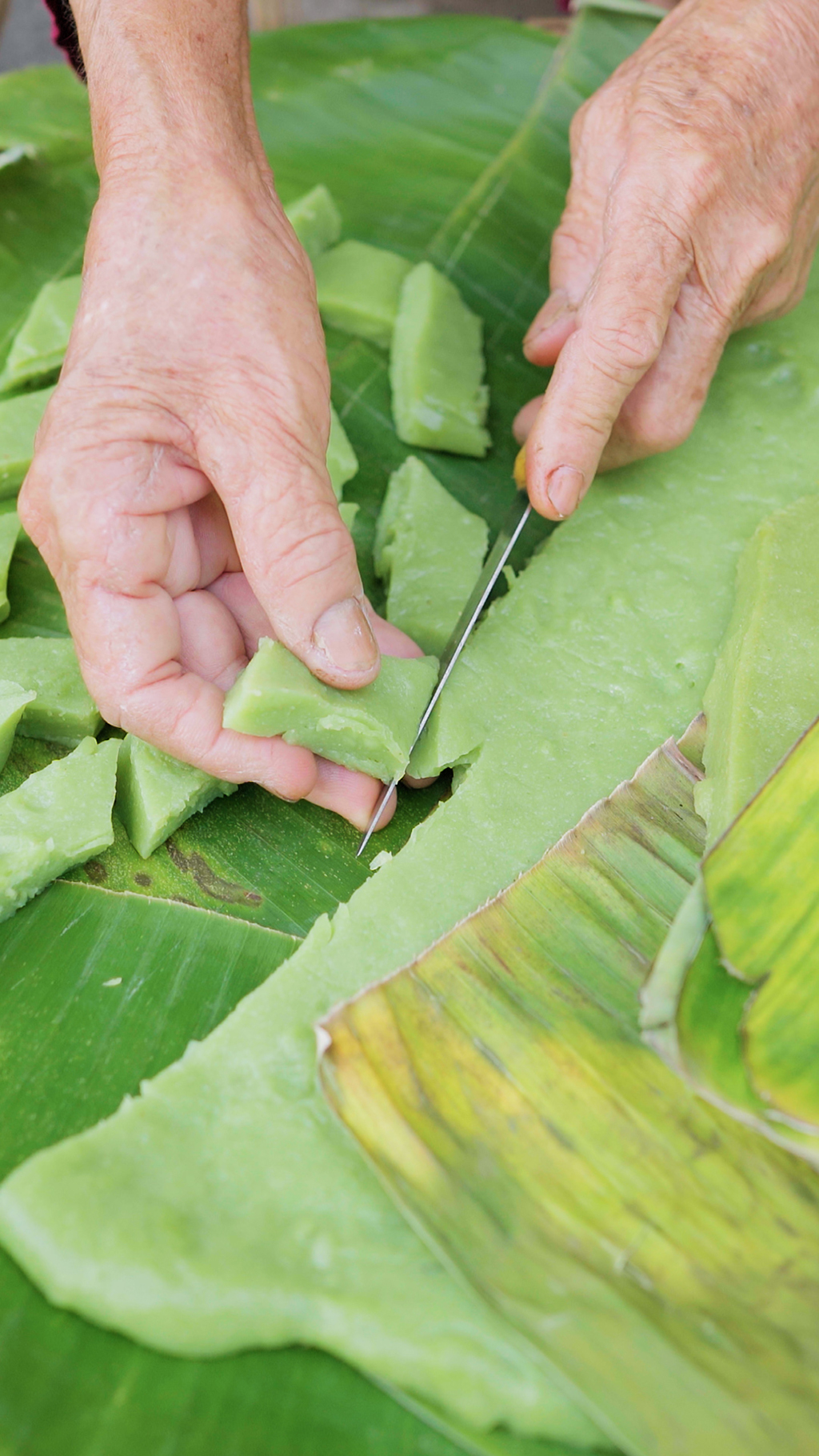
The green rice cake looks very attractive.

Banh duc mat is a dish that is believed to bring luck to the people of Hue at the beginning of the new year.
Listening to Mrs. Gai's story, the steps of making the cake are quite simple, but witnessing her preparing each step until the cake is on the street and reaches the customers, you can see that she has put a lot of effort into it. First, after choosing the satisfactory field rice, she washes it, grinds it, then sieves it to get smooth rice water. Next is the step of creating the green color for the cake. Mrs. Gai often takes the leaves of the banh bong tree, crushes them with pandan leaves in a stone mortar, then takes the leaves out, shakes them with water, and squeezes them dry. This water is mixed with a little lime water and then mixed with the rice flour water.
“The process of stirring over the fire requires me to be present at all times to stir the rice flour until it thickens. If I do it too quickly, the flour will not be able to stick together, but if I do it too slowly, the flour will burn easily, and the whole batch of cakes will be wasted…”, Mrs. Gai said, rubbing her eyes from the smoke from the kitchen.
When the cake has thickened, she quickly removes the firewood from the bottom of the pot, leaving only a few embers. When the cake is cooked, she pours the hot dough onto a bamboo tray lined with fresh banana leaves and flattens it so that the cake is only about 2 cm thick. The cake is usually made in the afternoon, “sleeping” overnight to cool so that the next morning it can be followed by Mrs. Gai to the street.

To eat banh duc mat properly, you have to use a paddle dipped in molasses and skewer it into the cake.
Finishing this step is only… half done. True to its name, the next step is to “refine” the molasses. To have a pot of thick, brown molasses that can stick to a fork, the baker must have a lot of experience. When cooking the sugar water, Mrs. Gai often stirs it evenly over a low flame and adds a little lemon juice. The final step is to sharpen the paddle (fork). From old bamboo sticks, she carefully splits and shapes them into paddles about 5 cm long, pointed at one end. “These paddles look simple, but without them, the cake will not taste right. Bamboo paddles have good adhesion, so when rotated around in the jar, the molasses will stick to a sufficient amount to make it taste good. Next, use the paddle to skewer the cake. Press your lips together to pull the paddle out and the cake will fit neatly in your mouth,” Mrs. Gai smiled toothlessly.
Hue in the last days of the year, it is drizzling. Mrs. Gai still leisurely walks the streets with her carrying pole. Just seeing her figure, regular customers will call her or stop their vehicles to buy cakes. She carefully cuts diamond-shaped pieces, about the size of a thumb, and puts them on a banana leaf to give to customers. Each bunch costs 20,000 VND. “When I no longer have the strength, that’s it, but as long as I am healthy, I will continue to make honey cakes. Many people say that I have become a “rare commodity”, so I try to keep the profession, both enjoying my old age and contributing something to Hue cuisine ,” Mrs. Gai confided. (to be continued)




![[Photo] General Secretary To Lam attends the 8th Congress of the Central Public Security Party Committee](https://vphoto.vietnam.vn/thumb/1200x675/vietnam/resource/IMAGE/2025/10/4/79fadf490f674dc483794f2d955f6045)
![[Infographic] Notable numbers after 3 months of "reorganizing the country"](https://vphoto.vietnam.vn/thumb/1200x675/vietnam/resource/IMAGE/2025/10/4/ce8bb72c722348e09e942d04f0dd9729)








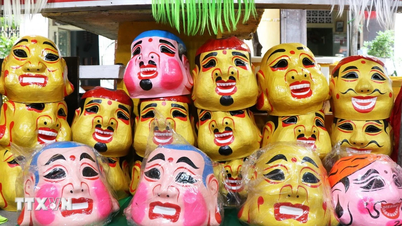

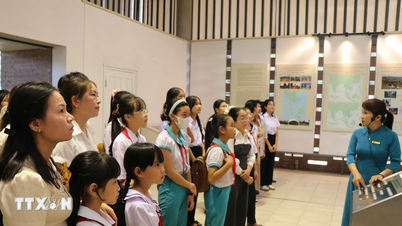
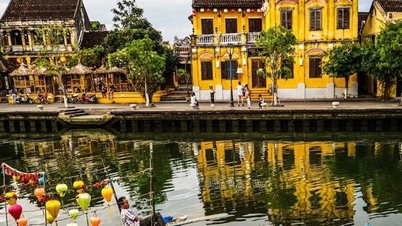



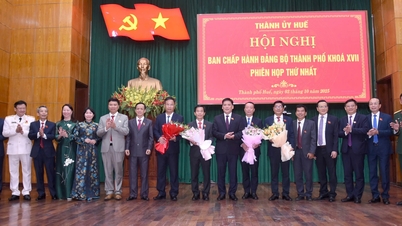











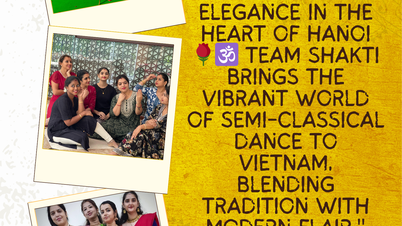


![[Photo] Students of Binh Minh Primary School enjoy the full moon festival, receiving the joys of childhood](https://vphoto.vietnam.vn/thumb/1200x675/vietnam/resource/IMAGE/2025/10/3/8cf8abef22fe4471be400a818912cb85)
![[Photo] Prime Minister Pham Minh Chinh chairs meeting to deploy overcoming consequences of storm No. 10](https://vphoto.vietnam.vn/thumb/1200x675/vietnam/resource/IMAGE/2025/10/3/544f420dcc844463898fcbef46247d16)




































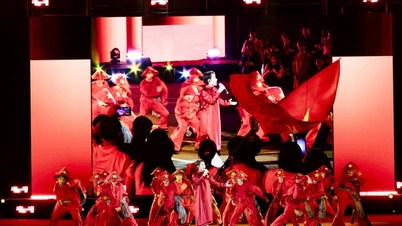











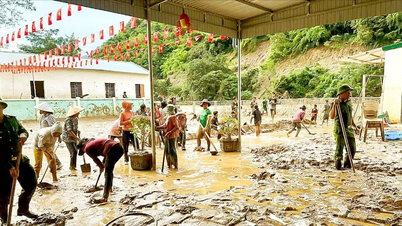

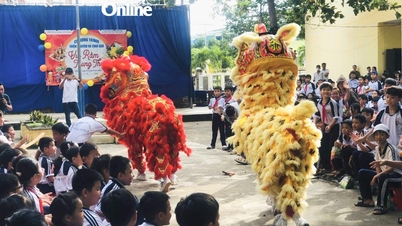

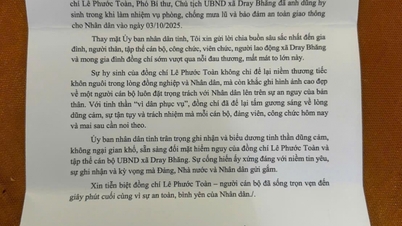













Comment (0)